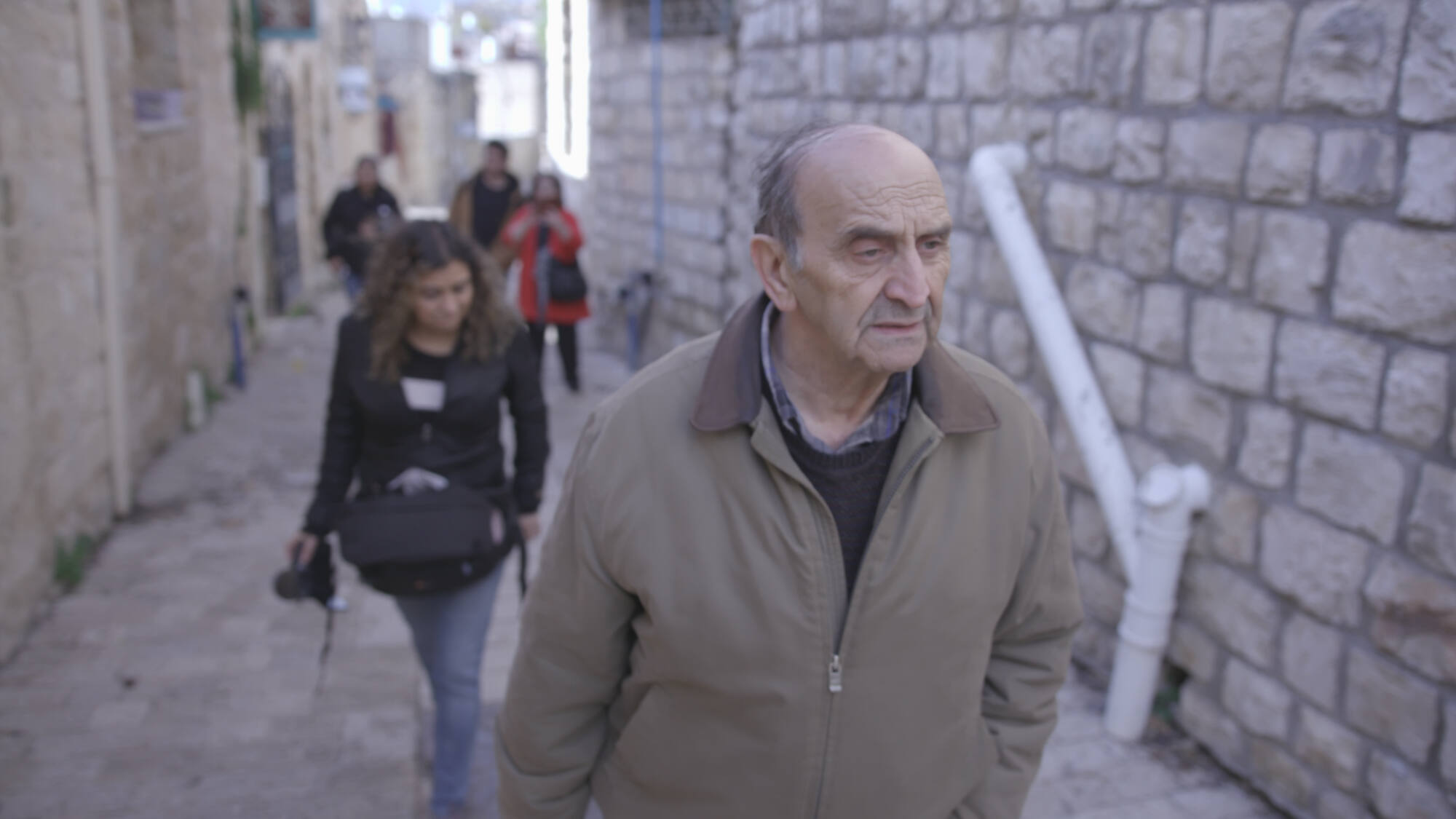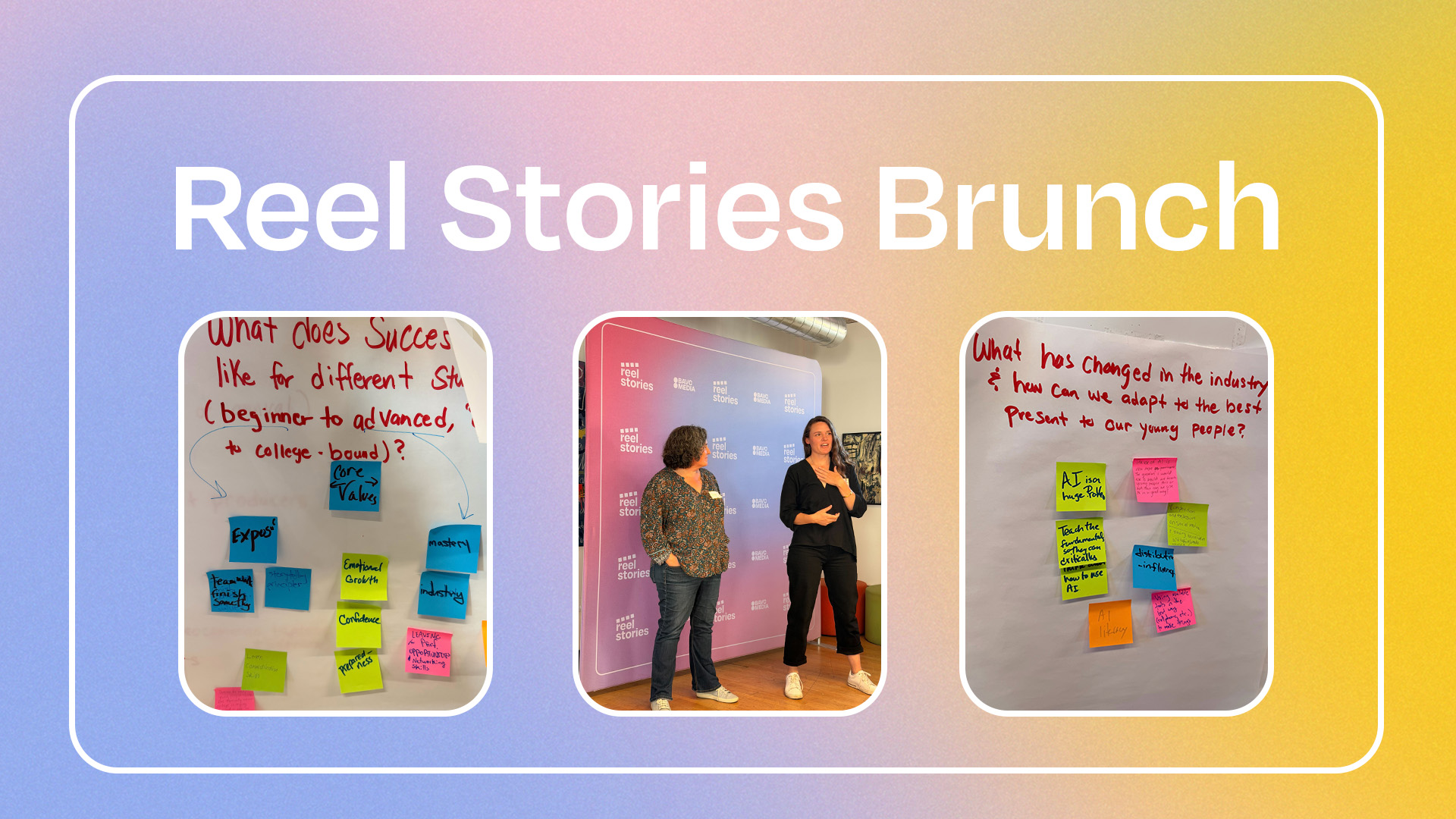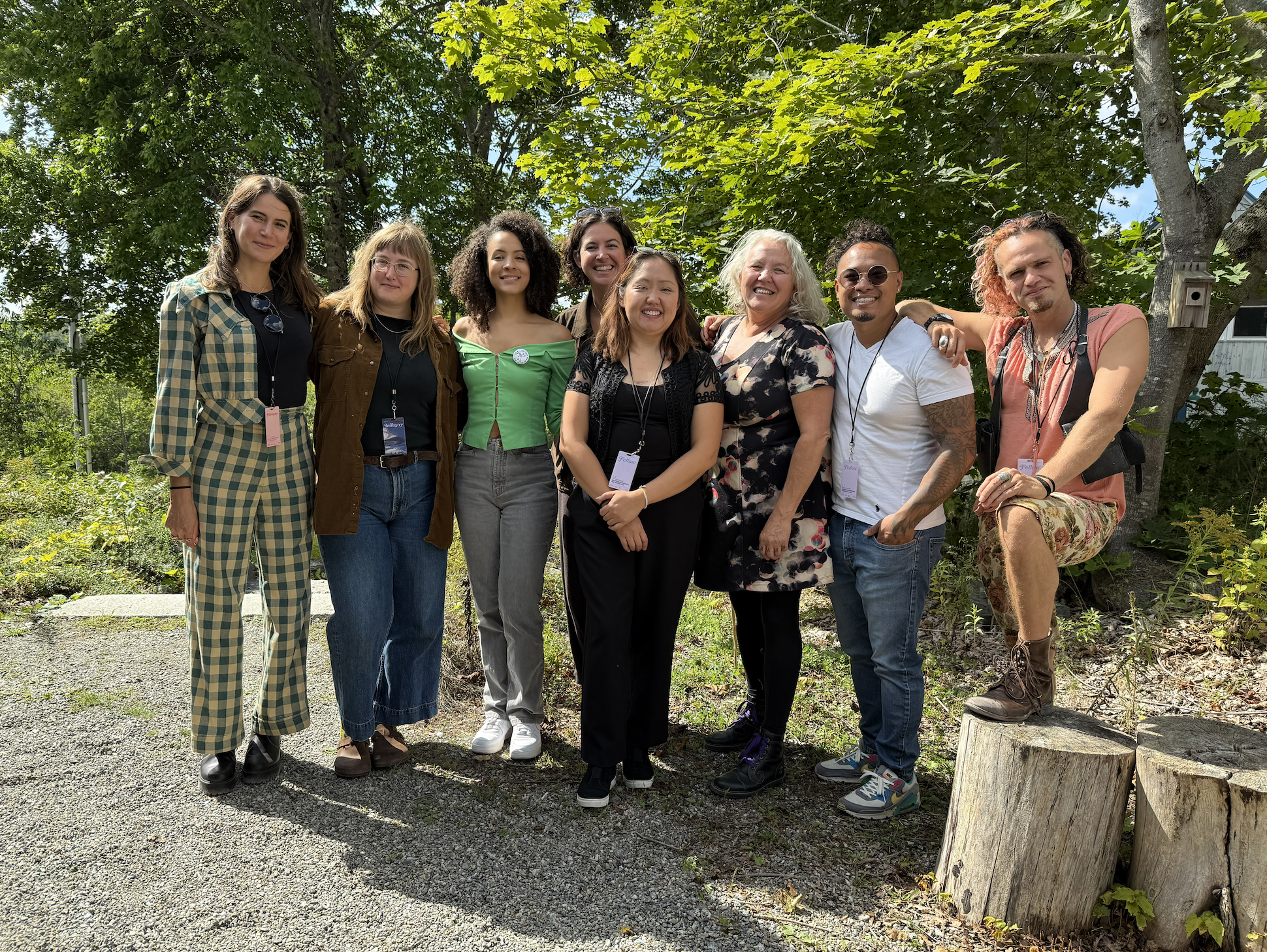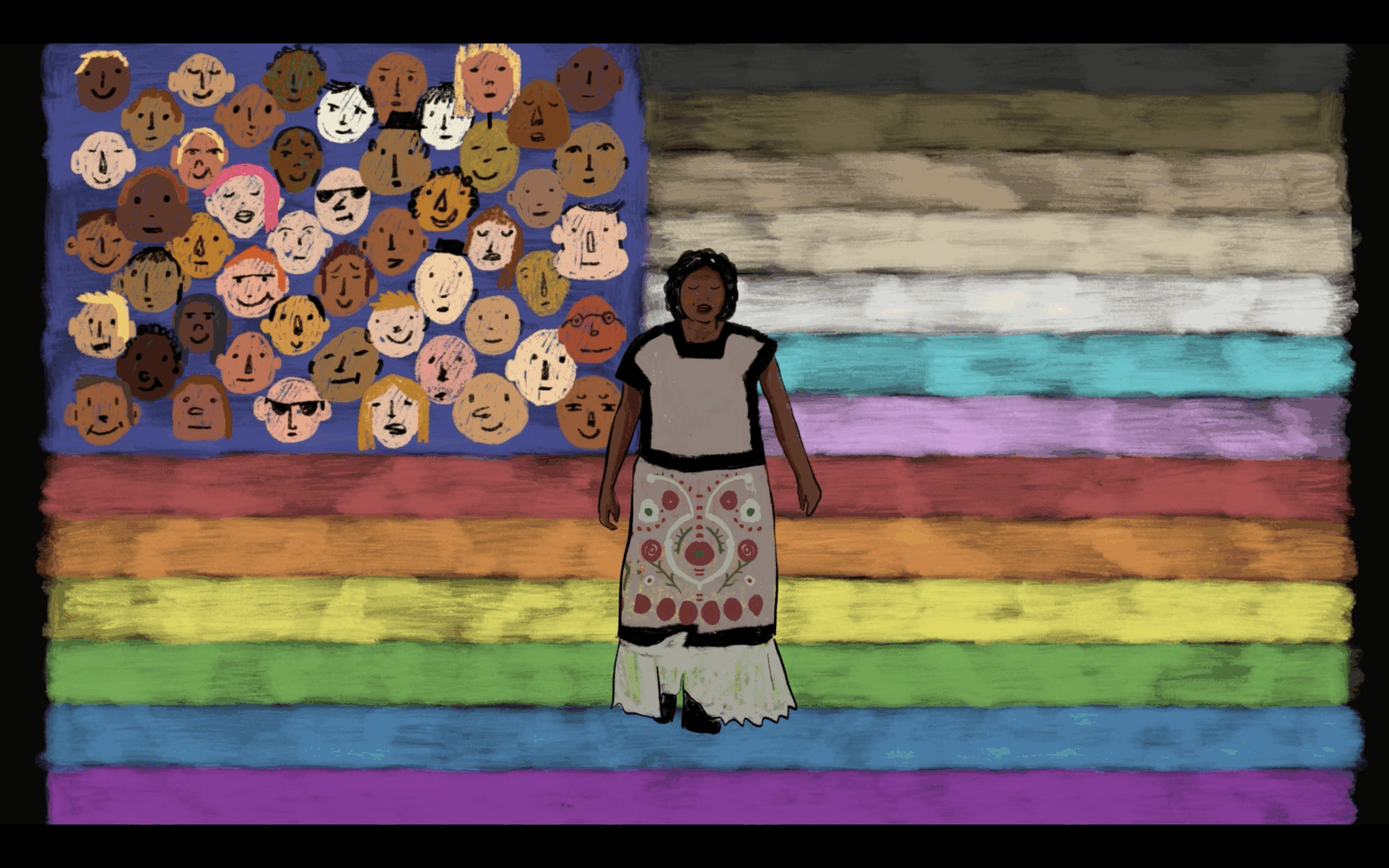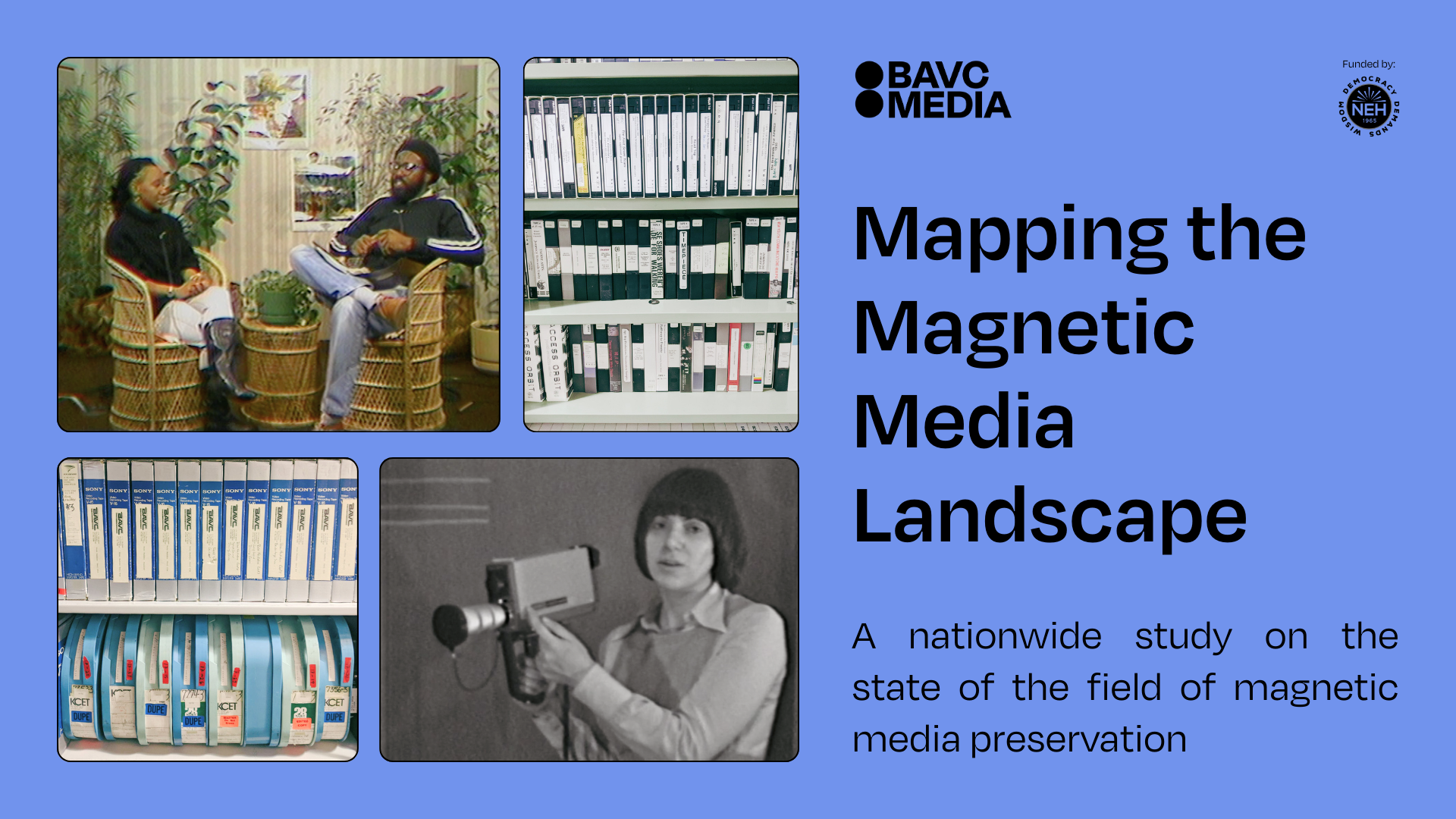BAVC MediaMaker Fellows Get Some Attention
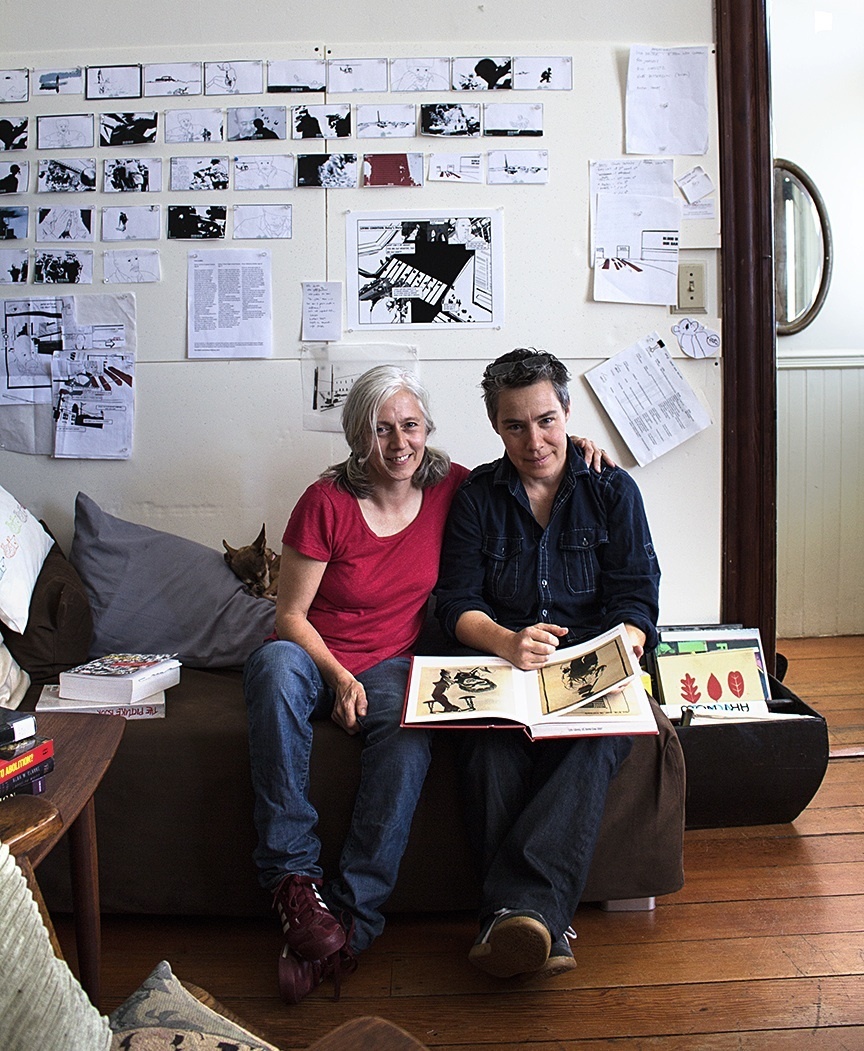
Courtesy of Michele Carlson and Art Practical. Photo: Michele Carlson.
Dee Hibbert-Jones and Nomi Talisman first came to BAVC Media in 2012 as MediaMaker Fellows with their documentary project Living Condition, which vividly illustrates the experiences of those who have, or have had, family members on death row through an unexpected technique, animation. This unique approach provides Hibbert-Jones and Talisman with a broader palette with which to represent the descriptive and affective turns of their subjects’ testimonies while it starkly frames capital punishment in terms of what its human cost. We caught up with the duo – who are partners in life, as well as in their work – over email, after last week’s wonderful news that Last Day of Freedom, a vignette from Living Condition that has been playing the festival circuit as a standalone short, is now Oscar-nominated for the Documentary Short category.
First off, congratulations are in order. It’s been quite a ride for your short film Last Day of Freedom. In addition to garnering lots of positive press, there was the win for best documentary short at IDA 2015 and now the Oscar nomination. Tell us more about the film and the larger project, Living Condition, that it’s connected to.
Last Day of Freedom is the story of one man, Bill Babbitt, who realizes his brother Manny has committed a crime as he agonizes over his decision: should he call the police? The film tells the story of Bill’s decision to stand by his brother, a Veteran returning from war, as he faces criminal charges, racism, and ultimately the death penalty. Animated with over thirty thousand drawings, it is a portrait of a man at the nexus of the most pressing social issues of our day: veterans’ care, mental health access and criminal justice. Last Day of Freedom is part of a series of films called Living Condition, a multi-platform documentary project that portrays the failing U.S. American criminal justice system through the lens of families living with a relative on death row.
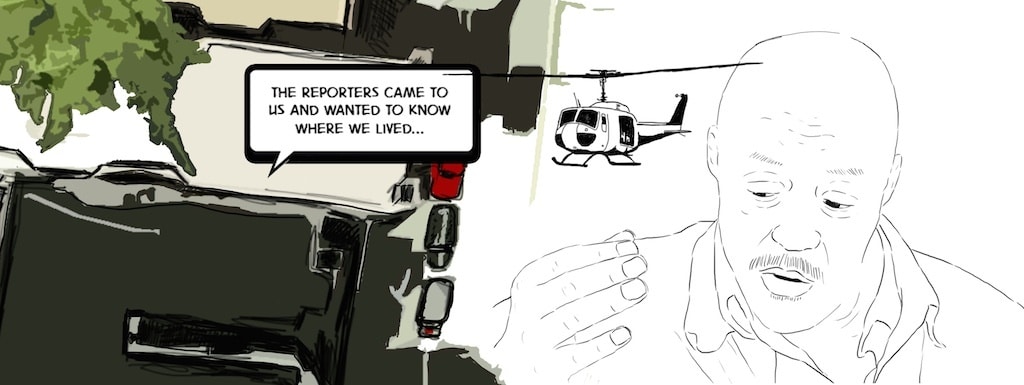
Courtesy of Michele Carlson and Art Practical. Photo: Michele Carlson.
Has working with animation let you to do things that a more conventional documentary film set up wouldn’t?
Yes absolutely- we think so! We chose animation as a way to explore metaphors that run through the film’s narrative. Bill is such an eloquent speaker and so rather than our drawings illustrating or chasing his vivid descriptions we wanted to symbolically describe his remembered events, to move beyond pure representation into psychological states. As Bill begins to feel isolated and alone our drawings are reduced to a few lines and as his world becomes chaotic we drew that emotional state, as well as his drawing glimpses into his brother Manny’s emotional distress. We were looking for ways that audiences could experience Bill’s intense story, to merge past and present and literally open up ways to see and hear his experiences without the use of stunts, actors and reenactment. We also hope that by animating Bill’s story in a very sparse subtle way the viewer might be able to listen harder to really hear the story Bill tells.
How has your relationship with the subject matter evolved since the beginning of the project?
From the start we understood that the death penalty is a complex issue – but the breadth and complexity of issues surrounding capital punishment surprised us. The gravest and hardest part of learning so much about capital punishment in the US has been our growing understanding of the gross inequities within our justice system. It took us some time to fully comprehend the breadth of the failures in infrastructure and support of our most needy and wounded citizens: for example our veterans returning from war, or children living in poor communities, or the mentally ill ( 10% of all death row inmates suffer from severe mental illness). We wanted to look behind the headlines and deepen our understanding of how the death penalty impacts whole communities- we found a complex and disturbing truth and also forged relationships with extraordinary families.
On a related note, do you think the national conversation about the death penalty has also changed in that time?
Yes in 2015 we saw the continuing decline in support for the death penalty, although still, most Americans support it; we saw several campaigns to uphold and repeal the death penalty, as well as very diverse voices calling for a re-examination of the judicial system. We read a report stating that one in ten inmates on death row is a veteran, just like Manny (Bill’s brother) was. We also saw botched executions continue to take place around the country; and exonerees walk out – which always reminds us of those who didn’t – and cases dismissed for misconduct. Yet we also saw police brutalities, aimed at the most vulnerable – homeless, mentally ill, women, and children, and shameless racism, hurting and killing time and again. Which reminds us of a quote from Bryan Stevensons’ book Just Mercy: “The true measure of our character,” Stevenson writes, “is how we treat the poor, the disfavored, the accused, the incarcerated, and the condemned.”
You both went through the MediaMakers Fellowship at BAVC Media in 2012. Can you tell us about your experience and how that has impacted the project?
The BAVC MediaMakers Fellowship was a turning point in our creative practice-we thought about our work in new ways, learned about new ideas and practices, met people and formed an amazing cohort of film makers. The experience and the people we met through that time have made our work stronger as they generously helped us so much on this our first film. We got to know everyone at BAVC Media- an organization that has truly supported our work, helped and guided us and we are so grateful to you BAVC Media. We love this organization and the people in it. Thank you!

Apply to be a 2016 National MediaMaker Fellow by Friday, January 29th, 2016.


